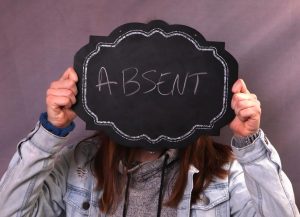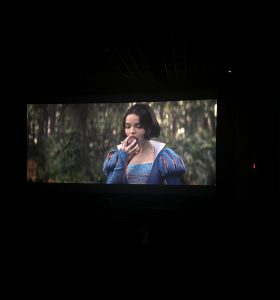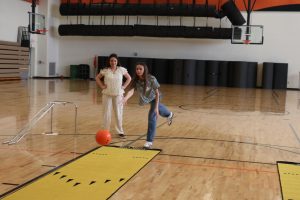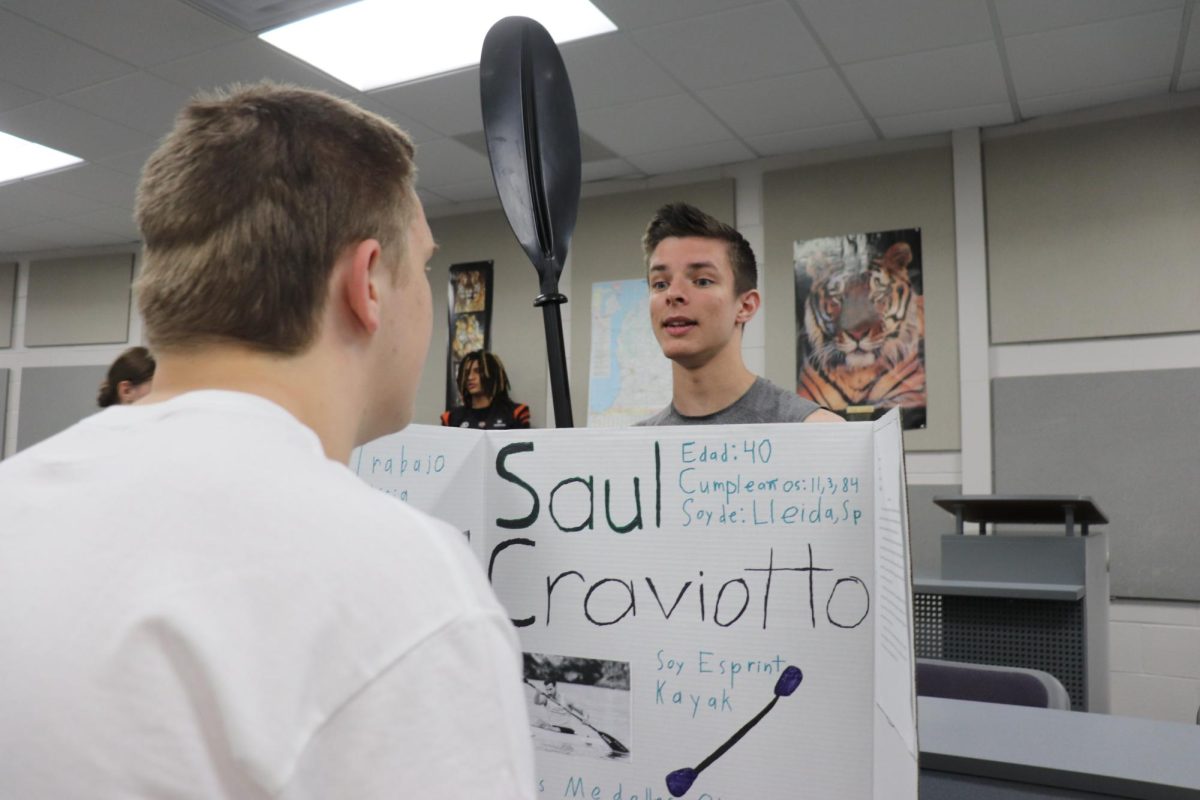Fenton High launches The Positivity Project

October 1, 2020
After completing a combined deployment of 52 months, US veterans Mike Erwin and Jeff Bryan thought of another way to give back to the community, centered on character education in youth: The Positivity Project.
Largely inspired by the work of Dr. Chris Peterson, The Positivity Project is a project centered on building self-aware students. According to the project’s website, posproject.org, there has been a general decrease in student empathy by 40 percent and most students prioritize high achievement over personal happiness, which has caused difficulty in building relationships.
“The biggest thing we have going for us is that people now more than ever need some of that emotional support,” Assistant Principal Zachary Bradley said. “That’s what The Positivity Project is all about; showing stories of triumph and challenge and people rising above it. It’s about building relationships with people. To me that’s one of the most important things about education.”
The project provides teachers with 15-minute ready-made powerpoints that help them use positive psychology (a study focusing on the virtues of life and centers around 24 character strengths) to develop self-awareness and relationship-building skills in students, posproject.org reports.
For a few students who have prior experience with the project at the middle school, the project’s focus on counteracting feelings of loneliness and narcissism in youth has helped them persevere through difficult times.
“My favorite part of the project is getting to know the positive in the world because I feel like if I am more positive then people around me will feel better,” freshman Bode Keranen said. “[In class] we focused on things like finding a person we could talk to if we need help. It really helped me get through my mom and dad getting divorced because it made me feel better and see that things were going to improve. I think the project will help others too.”
The project centers on integrating positive perspectives and character strengths into the core curriculum so students can have a more immersive experience. At his former teaching job in Grand Blanc, Bradley worked alongside Grand Blanc teachers to develop The Positivity Project curriculum for secondary schools across the country.
“When it was first introduced [to Grand Blanc], there wasn’t much of a buy-in at the high school,” Bradley said, “but at the elementary school and middle school there was. By the time I was getting kids in for their freshman year who had been exposed to it for three or four years, they actually had a better disposition and a better outlook on school and life than what I felt like some of my former students had. They were asking about it, they wanted more of it.”
The curriculum is largely teacher-driven, with history teachers talking about bravery alongside units about Joan of Arc. However, Bradley remarked that the curriculum can start to branch out into the community.
“It’s [having a] tie-in to real life so that when kids are reading about a sixteen-year-old leading France into victory against the English they can connect to that bravery aspect,” Bradley said. “I’ve been an assistant principal here for about two months and it already feels like more of the human connectedness and that small-town feel. That’s something you can really capitalize on. I think that people rally around the school, so The Positivity Project is a great fit not just for the school, but the community.”
A misconception about character-building curricula like The Positivity Project is that they may refuse to acknowledge hardships. However, this is not the case.
“There’s a jadedness that when you are a teenager, you look at The Positivity Project like it’s supposed to be unicorns and rainbows and it’s actually not supposed to be that. It’s actually about going through dark times to get to the good.”
For more information on The Positivity Project, visit their website at https://posproject.org/our-story/.










